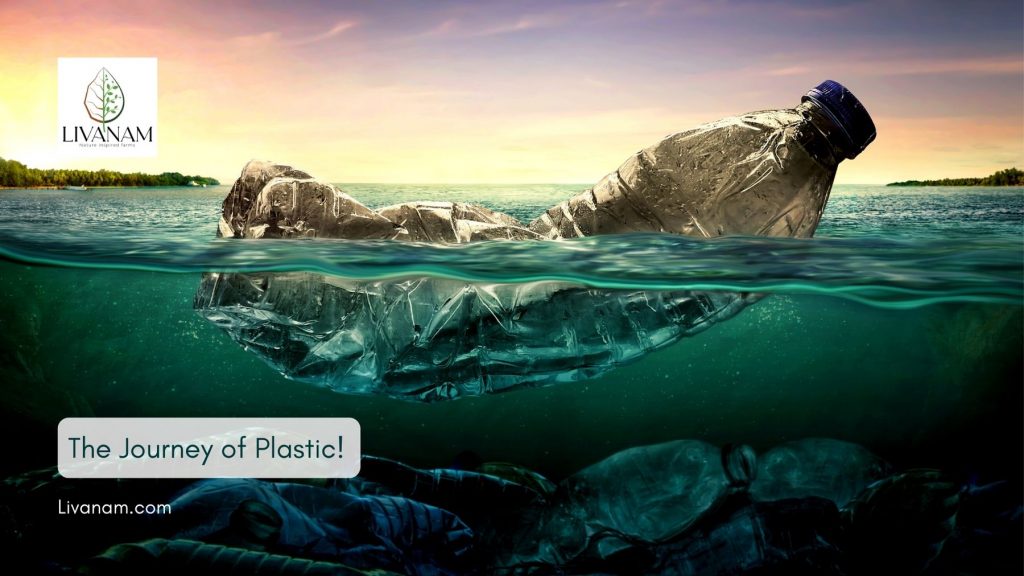What is Plastic?
Today, plastic is everywhere. The moment we wake up in the morning, our day starts with using the plastic in one or the other form till we drop it off at the night. Let’s dive briefly into the history of plastic and we will know how it originated. For many centuries, billiard balls were made of ivory from elephant tusks, but when exercise hunting of elephants started and it started reducing the numbers of this animal significantly. The companies who were making billiard balls started looking for alternatives. In 1863, an American named John Wesley Hyatt took up the challenge and he started working on his research. For the next 5 years, he kept working on this research and invented a new material called celluloid. Celluloid is made from cellulose which is a compound found in wood and straw. Hyatt kept working on this material and finally came up with a more tinted material called which was known as First Plastic. Plastic is a material made up of polymers which are large molecules consisting same repeating subunits. The plastic which was made by Hyatt wasn’t a very successful material and scientists after him kept working on it to make more reliable material and it hasn’t stopped to date. Big research companies invested billions of dollars in inventing newer and newer forms of plastic every decade.
What is the Journey of a Piece of Plastic?
The journey of a piece of plastic begins in the production process itself. Plastic is non-biodegradable which means that it can not be decomposed and returned back to nature. It will stay in landfills or in oceans for centuries and get decomposed. Plastic is created using gas and crude oil in big manufacturing plants under the process of polymerisation in order to make any plastic substance like a bottle or something. These plastic substances are then packed, wrapped, shipped, bought, opened and consumed by people and lastly unconsciously discarded. Now this plastic lies at the edge of the unknown. Some of the plastic lying there will eventually end up in landfills. The dump at landfills increases each day as more and more plastic comes in and continues to expand dump size. As plastic being there compressed with layers of other junk, rainwater flows through waste and absorbs its water-soluble compounds and creates a highly toxic stew called leachate, which moves into groundwater, soil and streams poisoning the ecosystem and harming the wildlife. Other plastic substances which did not reach landfills have another journey. These substances flow down to reach a stream that flows into a river and the river reaches the ocean. After months of floating around in the ocean, it reaches heaps of plastic or plastic trash that is accumulating in the sea. Do you know that the Pacific Ocean has the biggest heap of garbage which is known as the Great Pacific Garbage Patch? This is not the only patch in the ocean, there is a total of 5 plastic-filled gyres in the world’s seas which has the biggest heaps of plastics. Some animals like sea birds get entangled in the mess and die. While other sea animals mistake the brightly coloured plastic for their food and consume it and eventually die. It doesn’t stop here, sea animals like fishes, turtles, prawns and many others eat plastic as their food is consumed by humans later on. Most plastics don’t bio-degrade and the big pieces of plastic break down into smaller pieces called micro plastic and these float eternally into the sea.
But there are some plastic substances which do not end up in a similar journey. Some plastics are consciously discarded into recycling bins or dustbins where they will be picked by a facility and sent to a plant and squeezed and compressed into blocks. These blocks are shredded into tiny pieces which are washed and melted and become the raw material again to be used again. This is the recycling of plastic. But recycling alone can not solve the problem of plastic pollution. We all need to consciously start reducing and refusing the use of plastic so that we can make our planet plastic-free or with fewer plastics.
Livanam Farms is situated in Siripuram, Mominpet, Hyderabad. We are a farm commune that enables people like you and us to co-create and be part of the transformative journey towards greener living. We practice multiple self-sustaining farming principles that help in regenerating barren landscapes to green thickets. We offer farm options starting from 2000 sq. yds. You can also reach out to us at enquiry@livanam.com or call us at +91-9581886769 or +91-9959153334.
Follow us on Facebook to stay connected!
